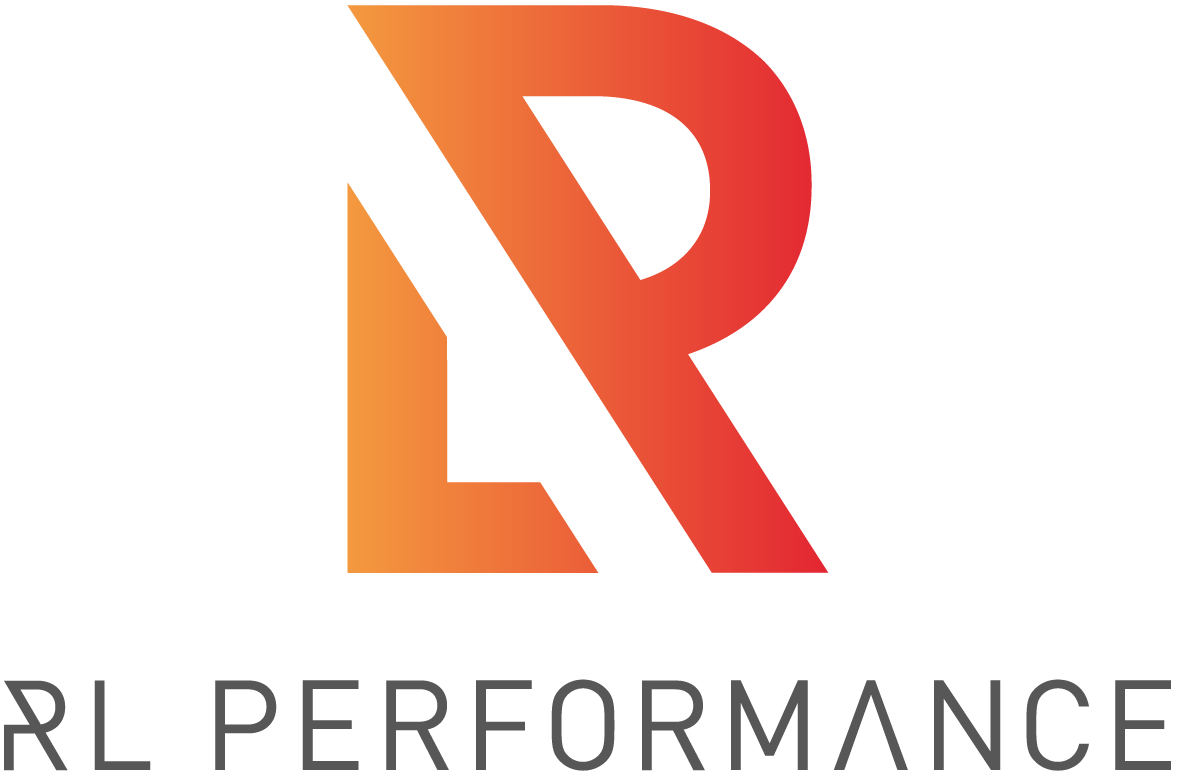It's time to give strategic parity to business objectives and wellbeing objectives
The awareness and acceptance of employee mental health has never been higher than it currently is, yet there is still so far to go.
In fact, results from a recently published report*suggest that there is still a concerning gap between rising demand for mental health assistance and a failure to translate it into a priority for the business. 56% of UK organisations questioned said that they had seen an increase in employee demand for support in this area, and yet nearly as many (43%) admitted that mental health was still not a priority for them.
Without doubt the mental wellbeing of a company's employees and its commercial performance is linked, even if there has never really been much of a conversation about it.
The pandemic has brought the wellbeing conversation into starker focus. Having never lived through a global pandemic before, the pressures we've all experienced have been a first for everyone. One of the areas we've seen brought into focus is a greater emphasis for companies to consider their employees' wellbeing.
These changes have led me to consider: which organisation will be the first to publicly declare that its commercial objectives and the wellbeing of its staff are given the same level of importance? Not similar or secondary, but parallel; fully aligned, and bought into from the senior leadership down.
I've not seen or read about it happening yet, but the positive news is that we're getting closer. In the world of sports, the England men's cricket team has publicly stated throughout the pandemic their priority is the wellbeing of their players. As a sporting team it would be a difficult sell to their supporters to suggest that winning matches and player wellbeing were given the exact same importance. The constant communication from the England cricket team about the players' wellbeing is incredibly important, especially given the unusual pressured faced by athletes at this time; often shut off in hotel room quarantine bubbles, unable to interact with family and friends for prolonged periods of time. This is clearly detrimental to an athlete's health.
In a business environment, the company's corporate objectives are paramount; all the employees' actions would typically come from a set of goals/principles that the organisation has laid down over the coming period of time.
Let's consider the response of a company's employees to being told of the commercial and wellbeing objectives being as important as the other. There may well be some scepticism at first; a sense of "ok, prove that this isn't just a PR stunt." The communication would have to be carefully considered. I'd argue that giving the business performance and employee wellbeing parity in terms of importance would have a galvanising effect on the staff, and lead to greater success. Of course if there was parity written into the company's objectives, it would need to be very clearly defined, just as we're used to seeing with company or personal objectives.
With employee wellbeing given strategic parity by an organisation, what could the areas be where a company would commit to take action? A follow-up article to come with my thoughts.
* Wellbeing at Work Report, 2021. Koa Health: https://www.koahealth.com/blog-post/koa-health-workplace-wellbeing-report-us-press-release/

